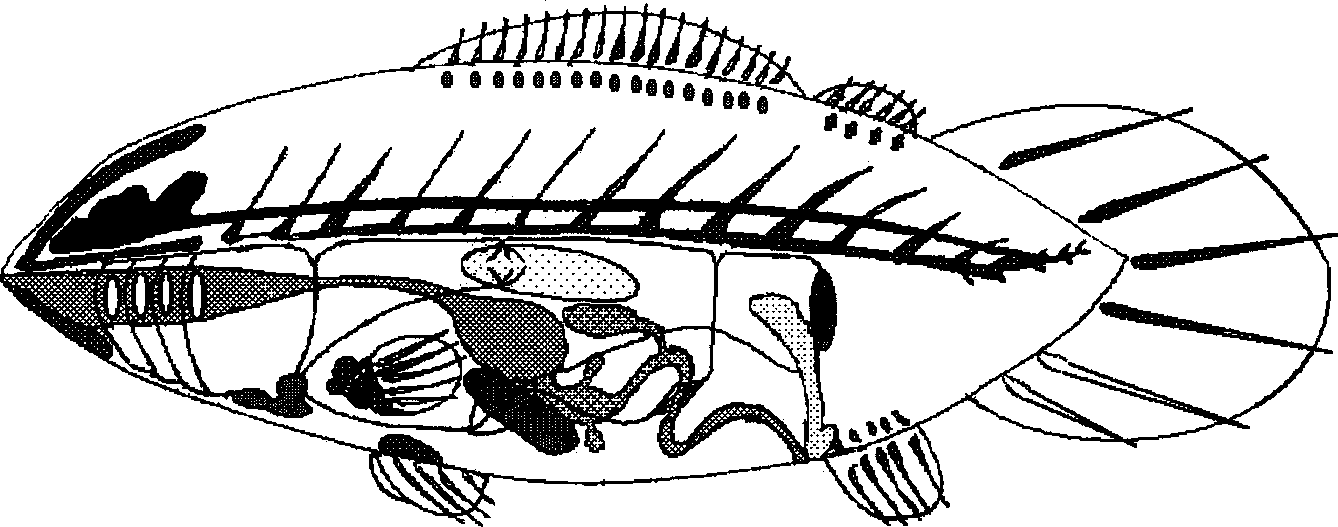3.9: How to be an animal
- Page ID
- 49669
\( \newcommand{\vecs}[1]{\overset { \scriptstyle \rightharpoonup} {\mathbf{#1}} } \) \( \newcommand{\vecd}[1]{\overset{-\!-\!\rightharpoonup}{\vphantom{a}\smash {#1}}} \)\(\newcommand{\id}{\mathrm{id}}\) \( \newcommand{\Span}{\mathrm{span}}\) \( \newcommand{\kernel}{\mathrm{null}\,}\) \( \newcommand{\range}{\mathrm{range}\,}\) \( \newcommand{\RealPart}{\mathrm{Re}}\) \( \newcommand{\ImaginaryPart}{\mathrm{Im}}\) \( \newcommand{\Argument}{\mathrm{Arg}}\) \( \newcommand{\norm}[1]{\| #1 \|}\) \( \newcommand{\inner}[2]{\langle #1, #2 \rangle}\) \( \newcommand{\Span}{\mathrm{span}}\) \(\newcommand{\id}{\mathrm{id}}\) \( \newcommand{\Span}{\mathrm{span}}\) \( \newcommand{\kernel}{\mathrm{null}\,}\) \( \newcommand{\range}{\mathrm{range}\,}\) \( \newcommand{\RealPart}{\mathrm{Re}}\) \( \newcommand{\ImaginaryPart}{\mathrm{Im}}\) \( \newcommand{\Argument}{\mathrm{Arg}}\) \( \newcommand{\norm}[1]{\| #1 \|}\) \( \newcommand{\inner}[2]{\langle #1, #2 \rangle}\) \( \newcommand{\Span}{\mathrm{span}}\)\(\newcommand{\AA}{\unicode[.8,0]{x212B}}\)
More organized, bigger animal has multiple needs, and therefore, multiple tissues and organs (Fig. 3.9.2):
- locomotion: appendages, skin-muscular bag (A), fins;
- support: many types of skeleton (endoskeleton, chitinous exoskeleton, shells, skin plates) and hydrostatic skeleton based on body cavities filled with liquid (A + K + M);
- feeding and excretion: mouth, anus, intestines, pharynx (G), stomach (J), digestion glands (like liver, I) etc.;
- osmoregulation: simple nephridia (C) and complicated kidneys;
- gas exchange: external gills (B), internal lungs and tracheas;
- circulation: open (M) or closed blood system with hear(s) (L);
- reception: eyes (D), mechanical sensors (ears, hairs), chemical sensors (nose) and many others;
- communication: neural cells (neurons), nerves (groups of neurons) (F), ganglia (E) and brain (masses of neurons);
- reproduction: sexual organs filled with sexual cells (N), male and female, separately or together, and fertilization “tools”.



